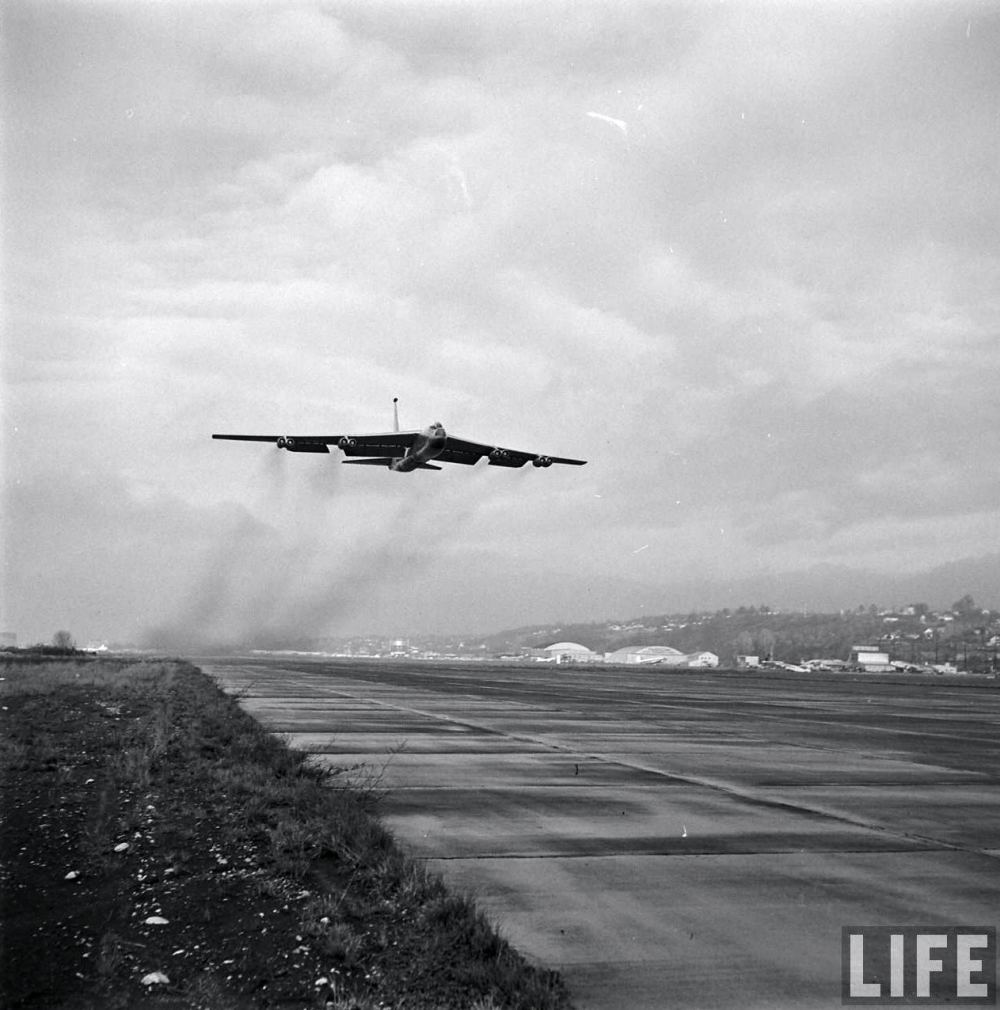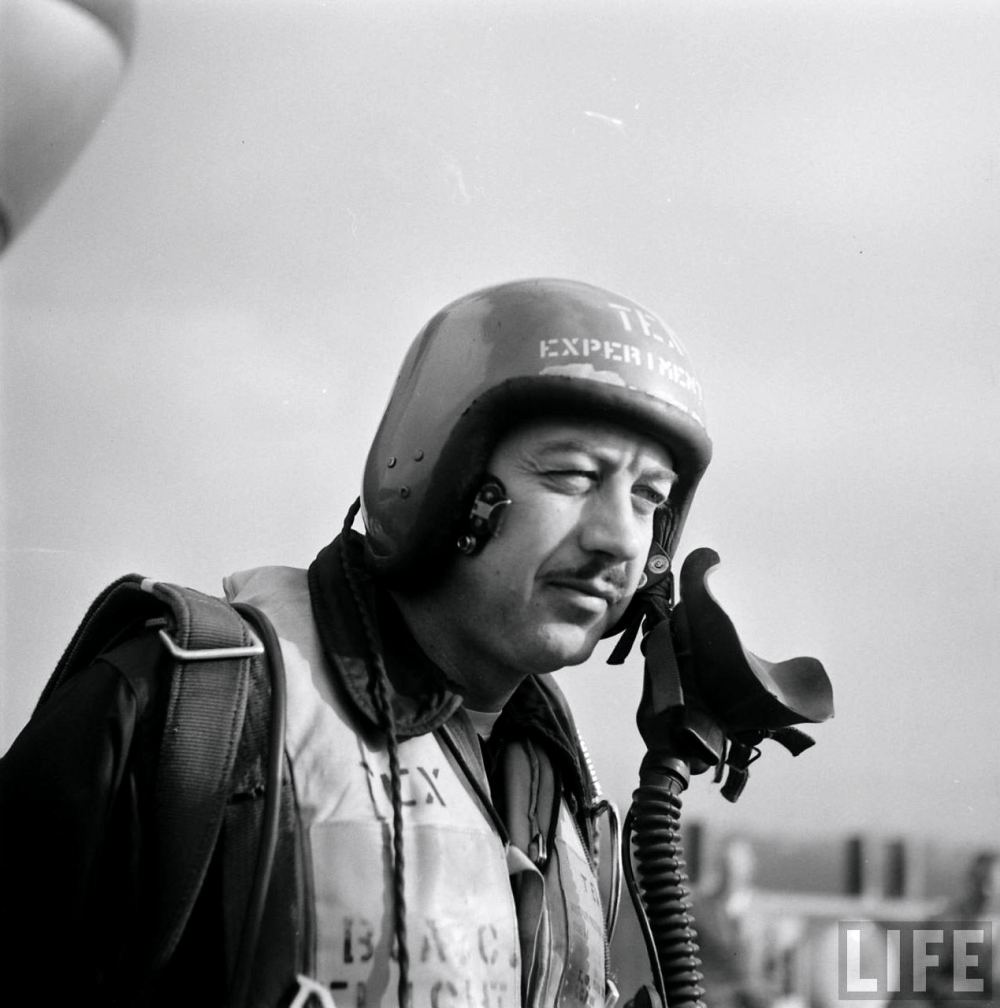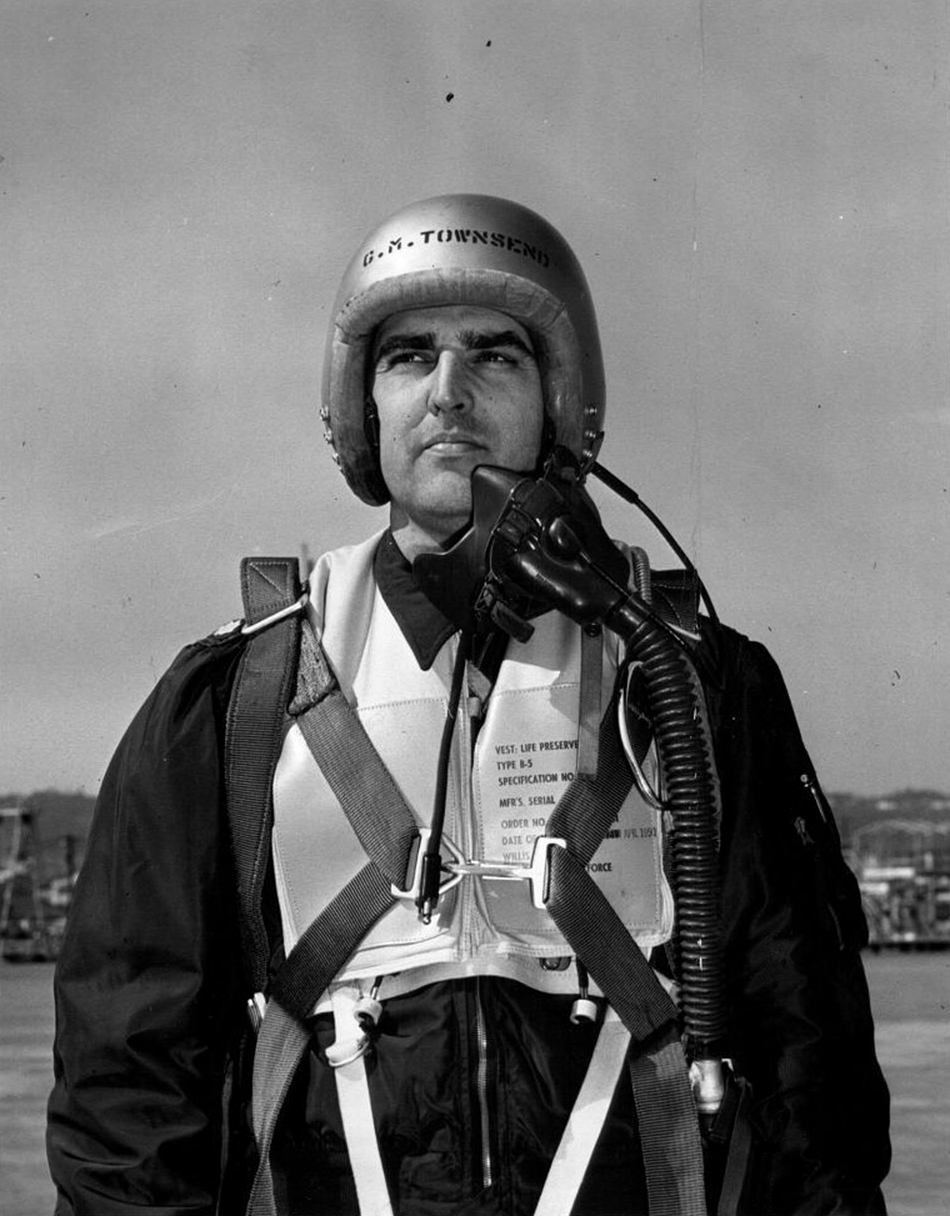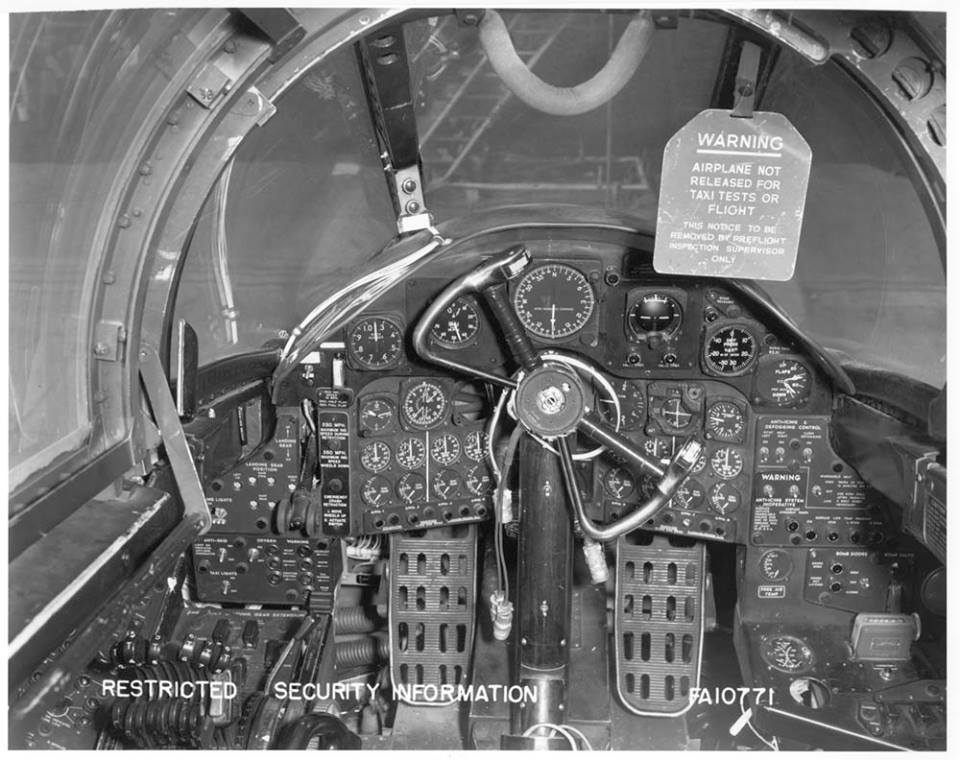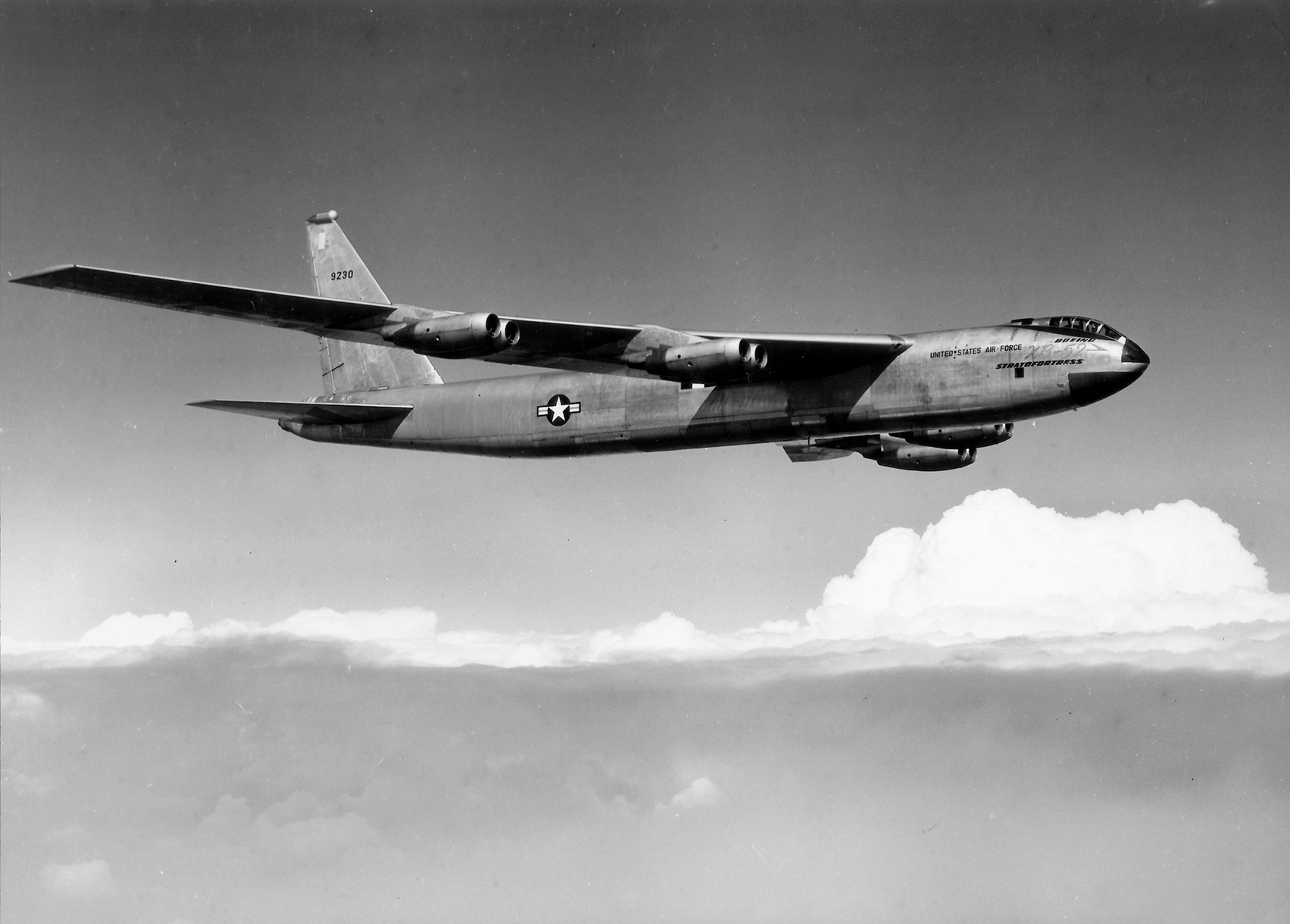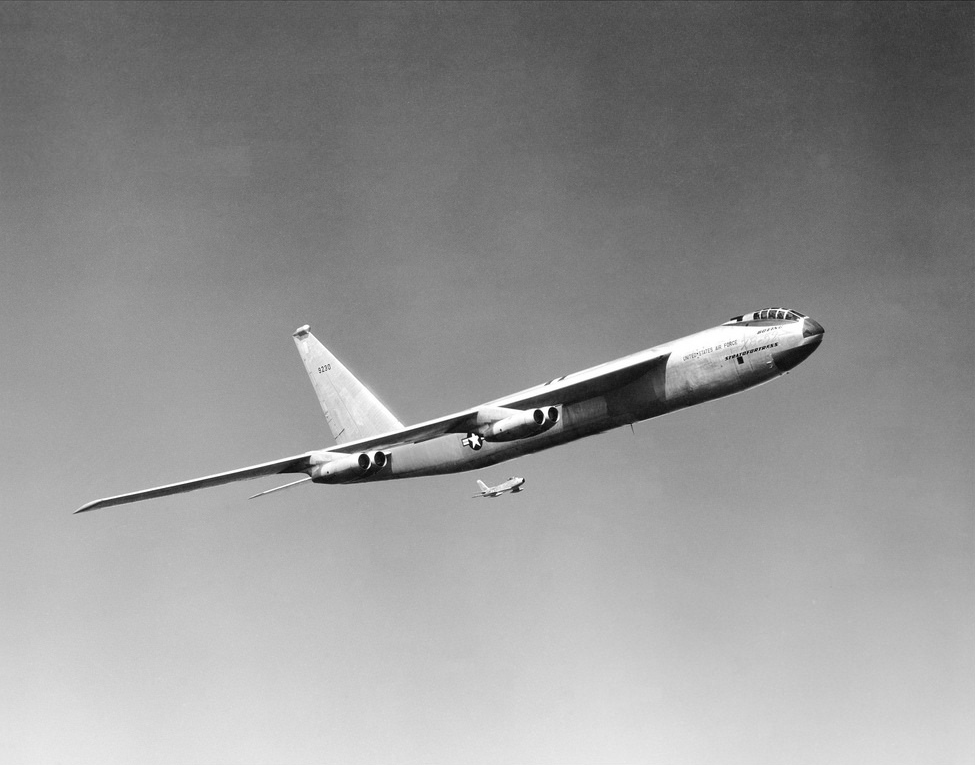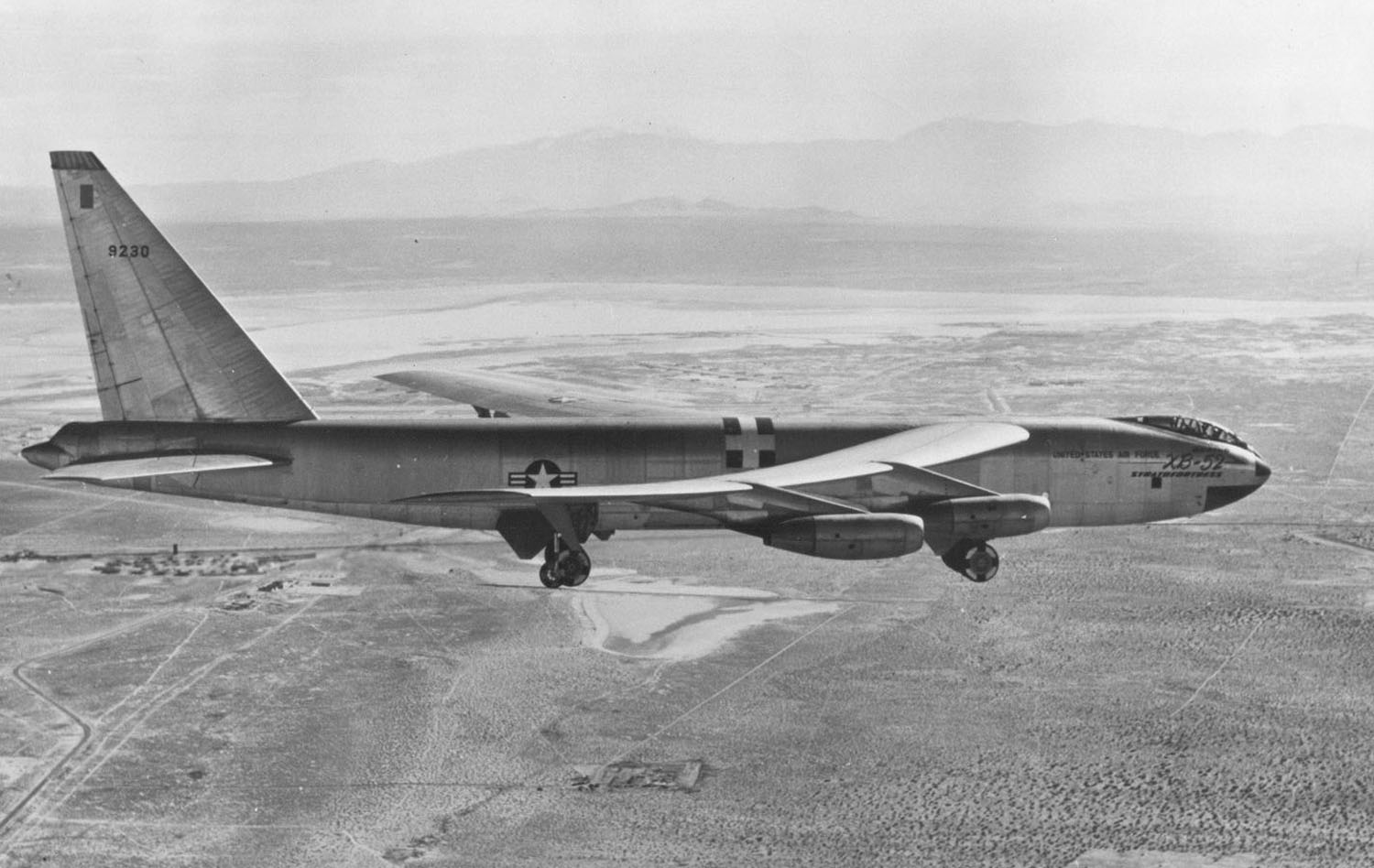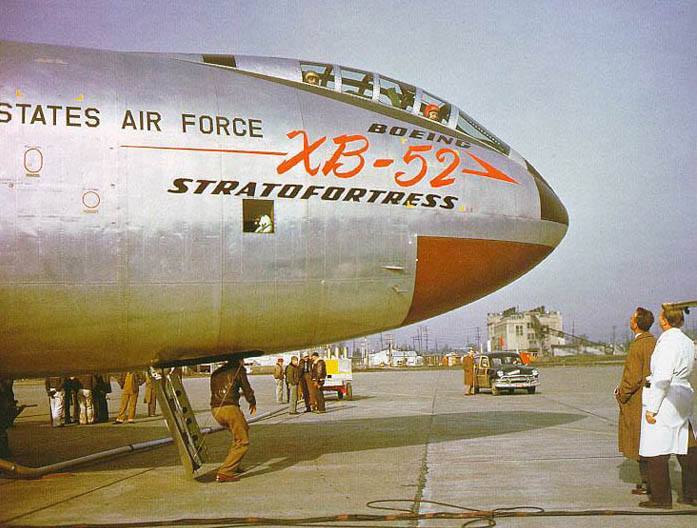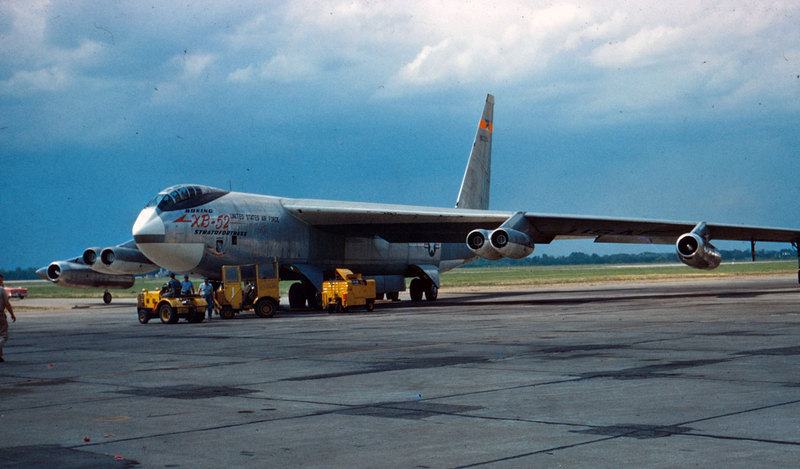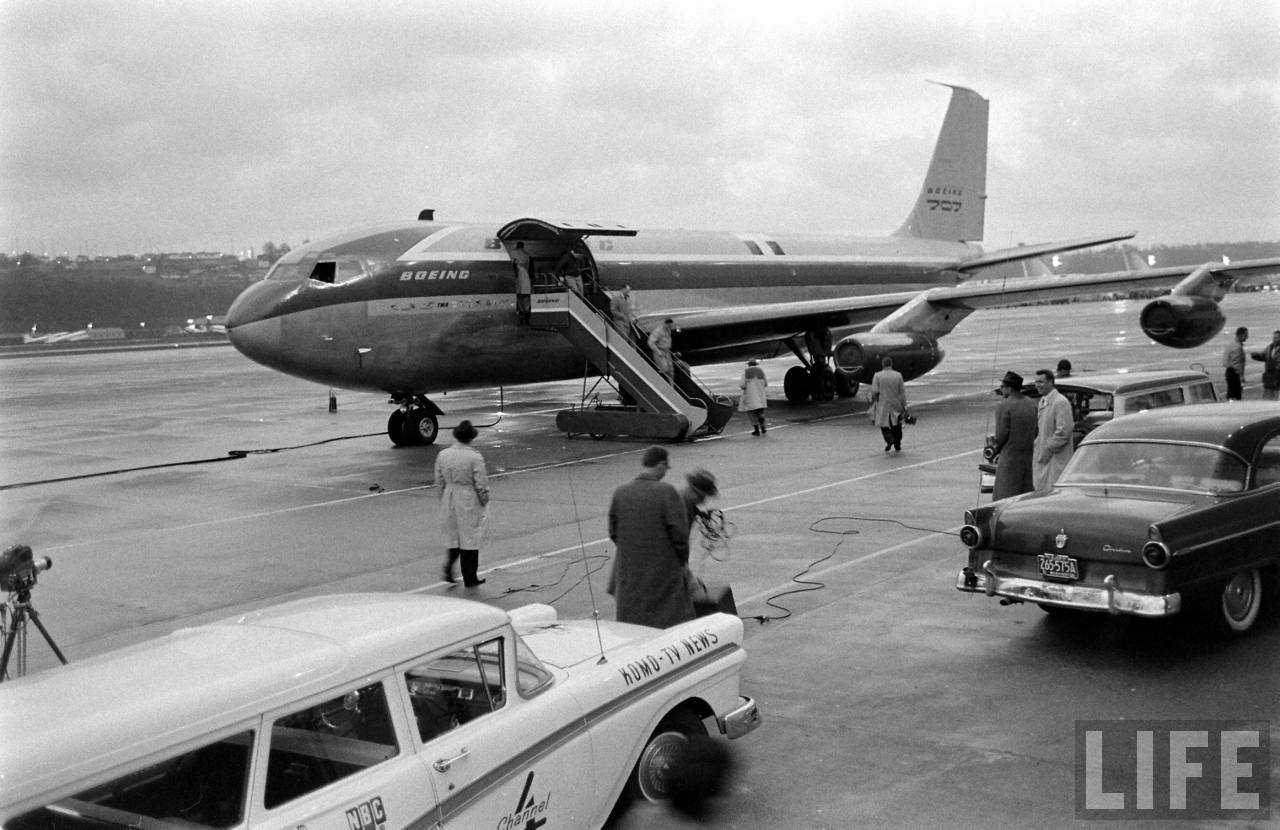
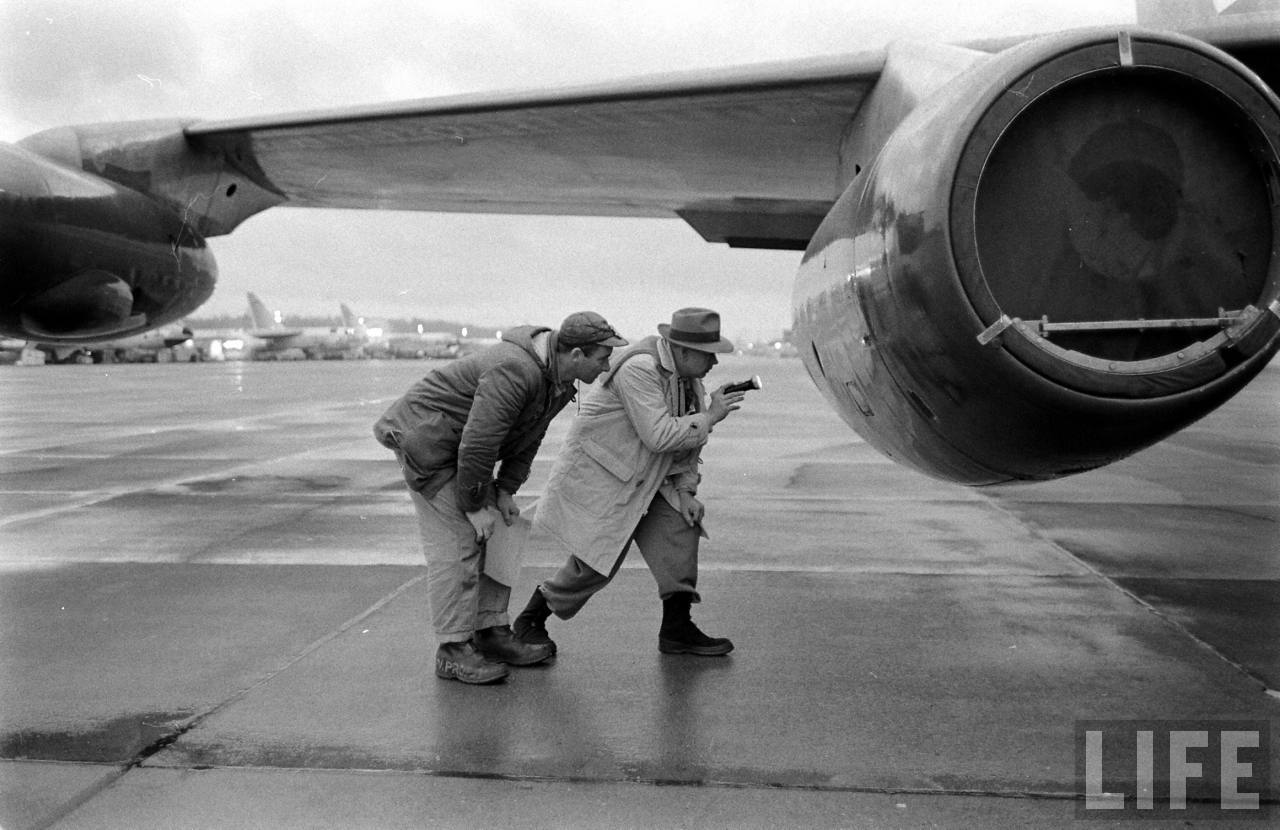
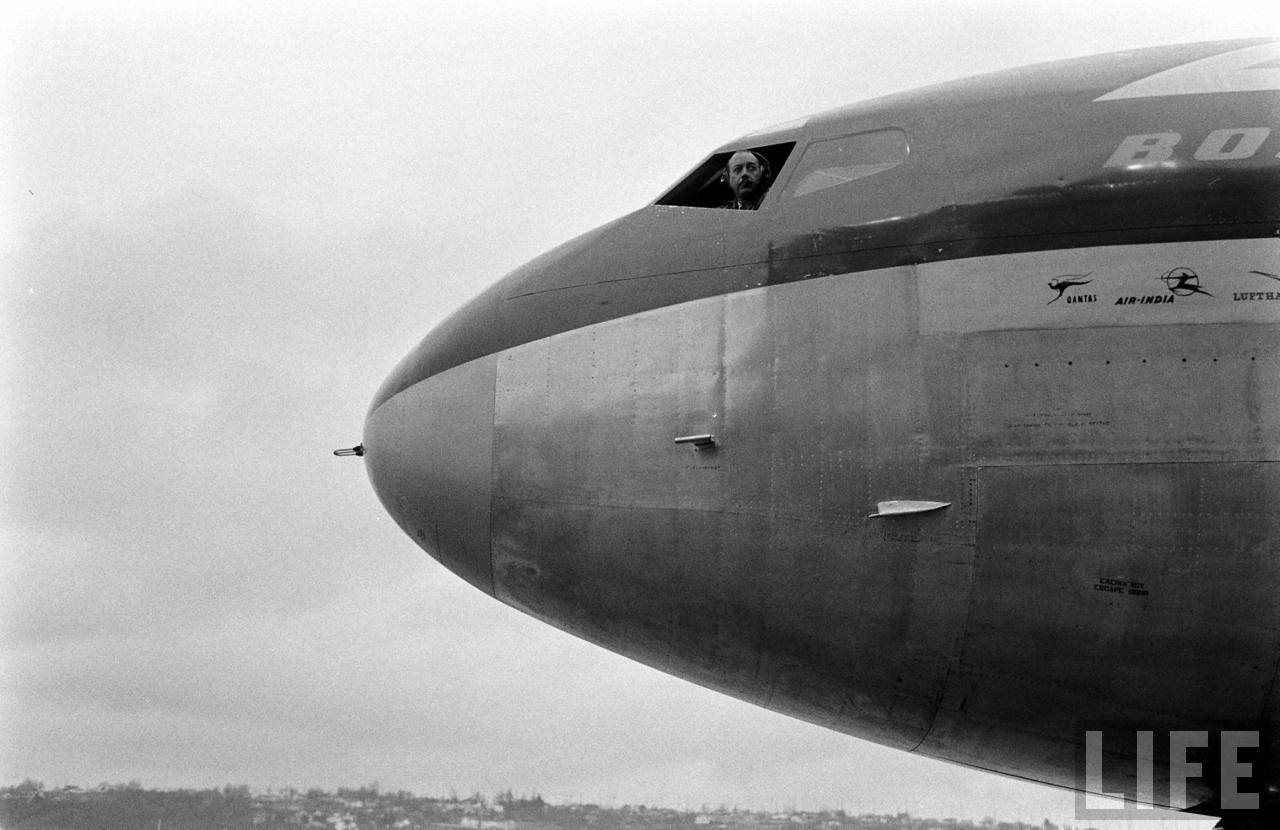

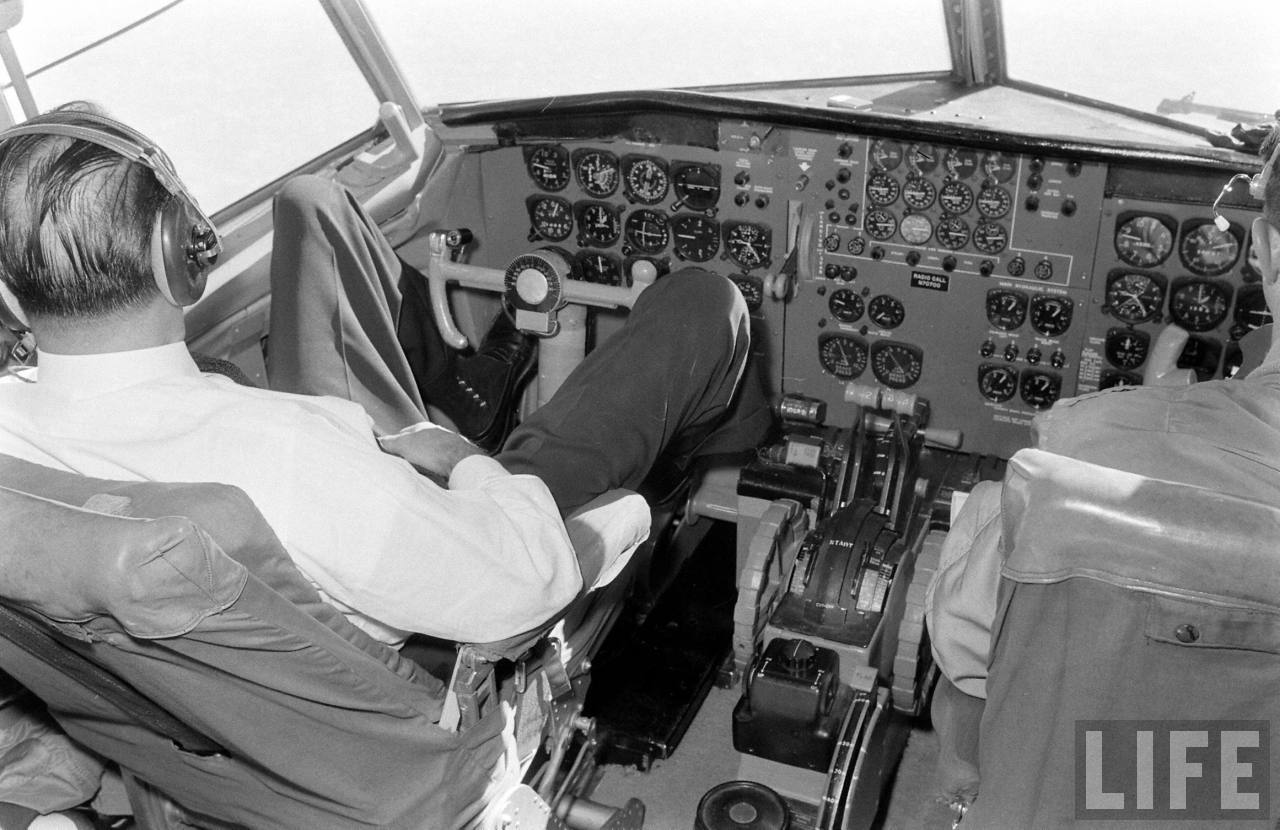
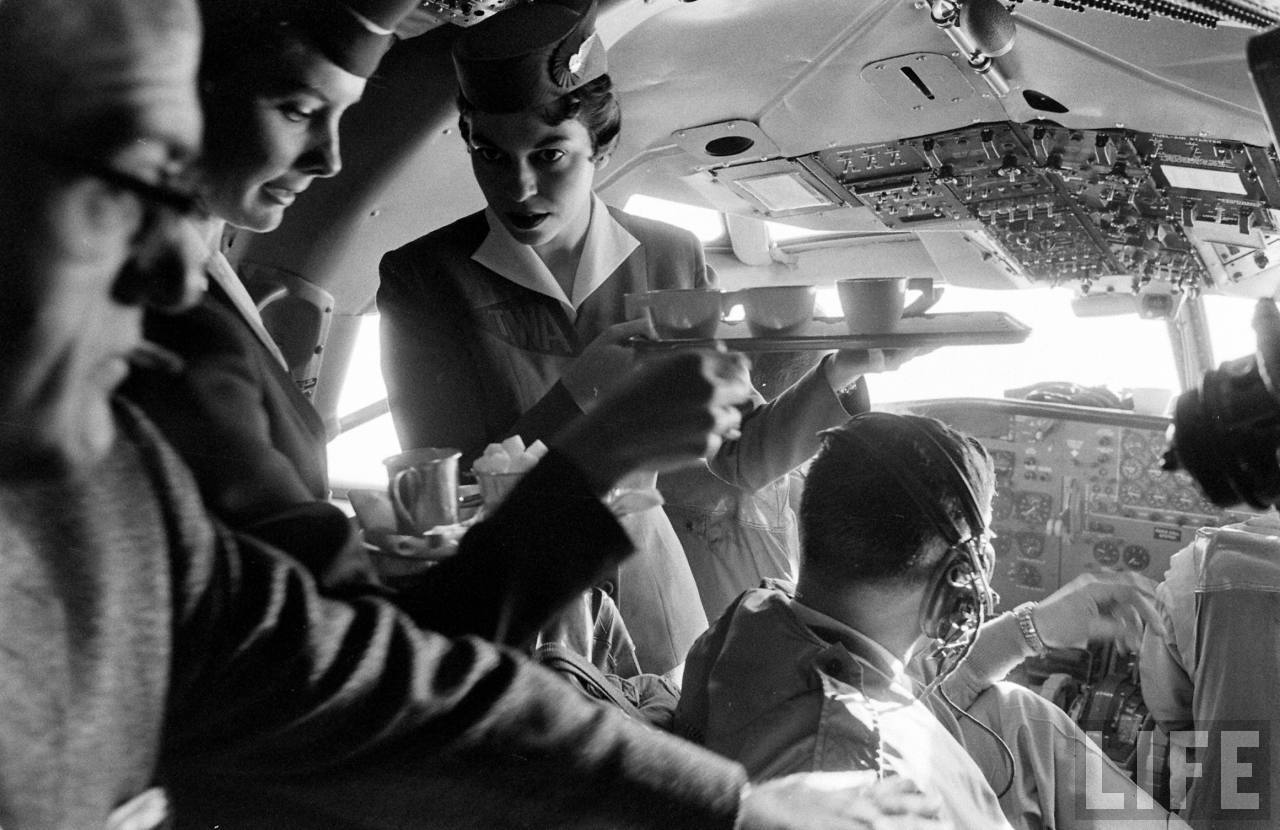
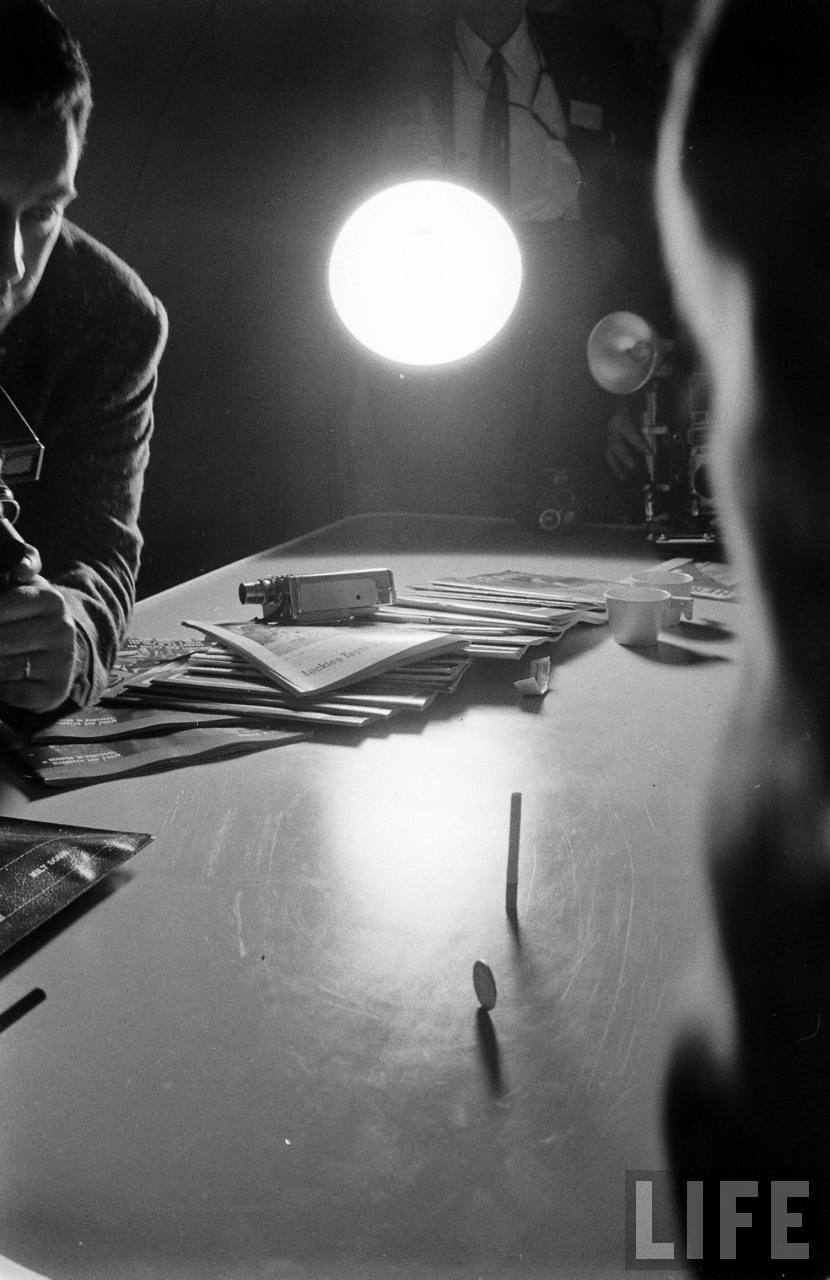
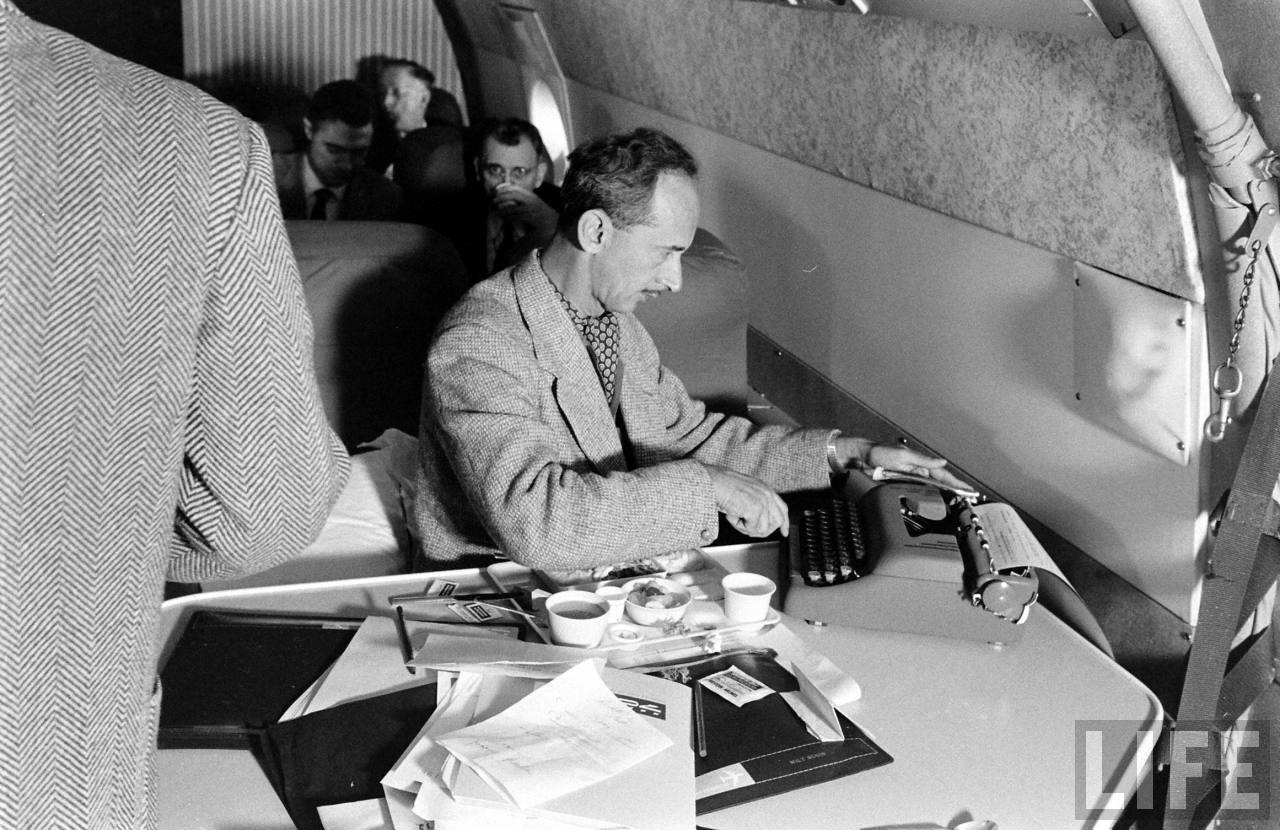
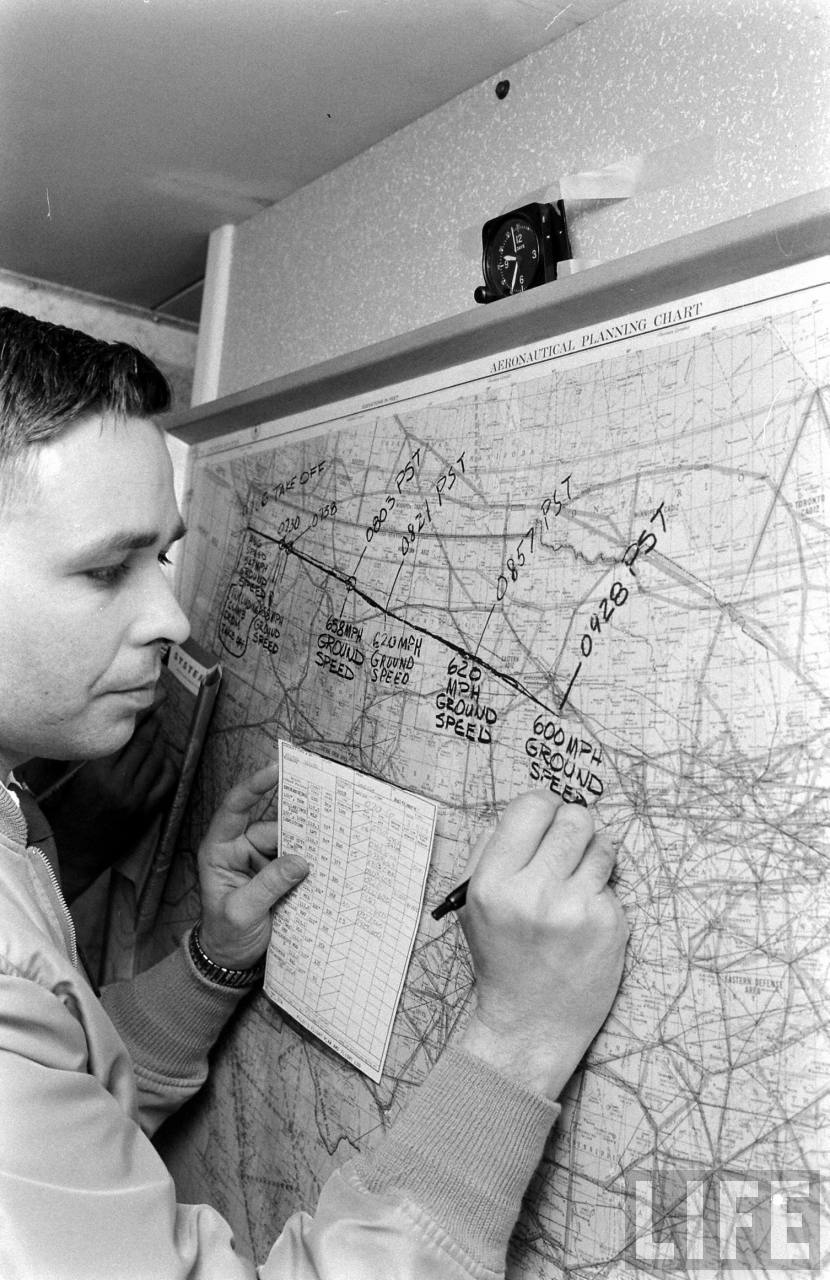
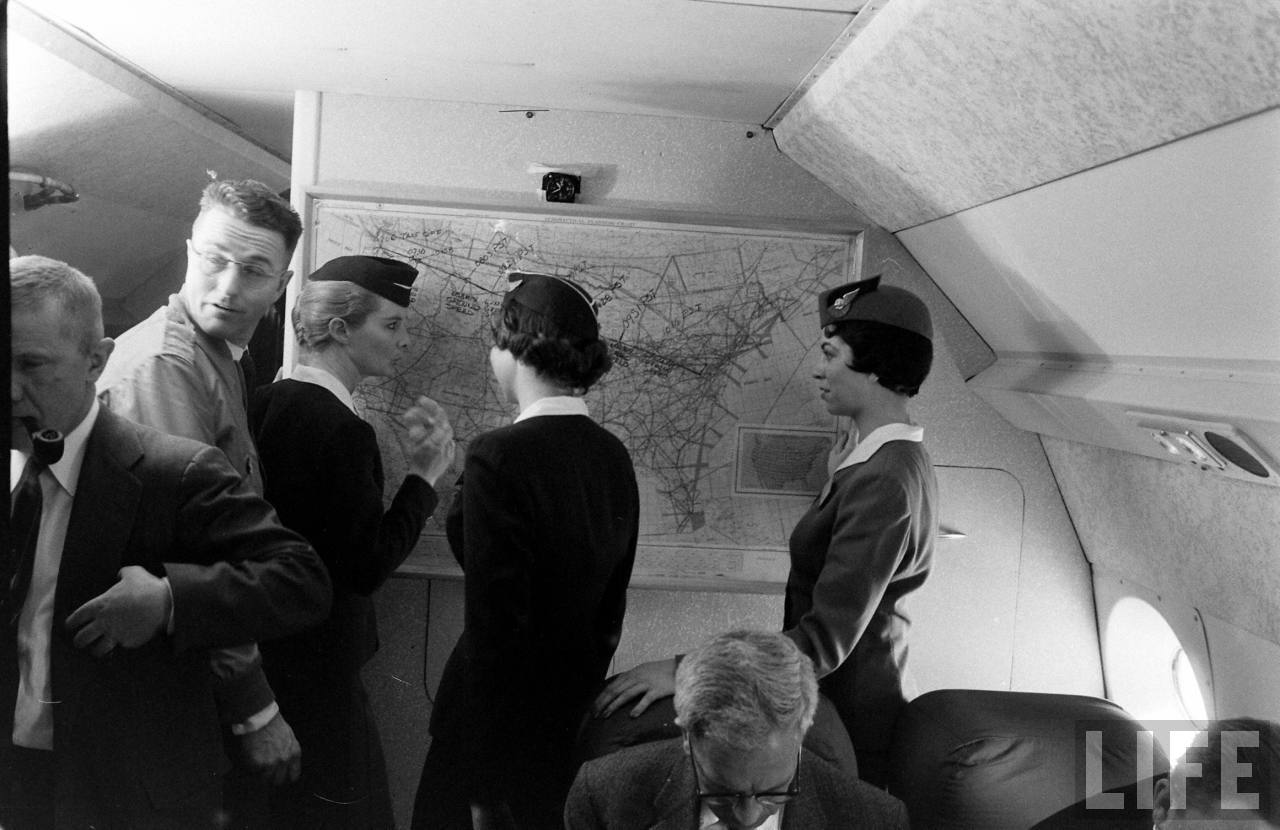
Jet Airliner Crosses U.S. At Record Clip
Seattle-To-Baltimore Flight Made In 3 Hours, 48 Minutes
WASHINGTON, March 12 (AP) A Boeing 707 jet passenger plane set a new transcontinental speed record for commercial aircraft yesterday, flying the 2,325 miles from Seattle to Baltimore in 3 hours and 48 minutes.
At one point it attained a speed of 698 miles an hour.
A.M. (Tex) Johnston, Boeing chief of flight tests, said he would fly back to Seattle tomorrow with stops at Chicago’s O’Hare Airport and at Denver. He planned a series of local flights for congressmen, Pentagon officials and experts.
The big plane averaged 612 miles an hour for its Puget Sound-to-Chesapeake Bay flight, and sliced 10 minutes off the unofficial transport plane record it set between Seattle and Washington, D.C., in 1955.
There were 52 persons aboard, all but 20 of them newsmen.
‘Jet Stream’ Helps
The 707 left Boeing Field at 10:06 a.m., EST. East of Spokane at 31,000 feet, it hit the “jet stream,” a vast windstream with speeds of up to 125 miles an hour.
These winds enabled the plane to attain supersonic speeds in relation to the ground over northwestern Montana and northern Idaho. However, the plane was actually in subsonic flight and did not break the “sound barrier.”
While in the jet stream, the plane’s peak air speed was 596 miles an hour, but at one point the stream boosted this by 102 miles an hour, for a top speed of 698 in relation to the ground.
Fighter Holds Record
The official transcontinental speed record was set by a one-place F-84F jet fighter two years ago—652½ mph for the 2,446 miles from Los Angeles to New York City. [LCOL Robert R. Scott, USAF, 9 March 1955—TDiA]
The fastest unofficial transcontinental crossing listed by the Defense Department: 715 mph for the 2,700 miles from Riverside, Calif., to Boston last Jan. 25, by a Boeing B-47 bomber.
The 707 is to be delivered to its first airline buyers—Pan American and American—late next year and early in 1959.
The plane’s cost varies from 4½ to 5½ million dollars, depending on size and range, Various models will carry from 120 to 162 passengers.
—Toledo Blade, Tuesday, 12 March 1957, Page 2 at Columns 2–4
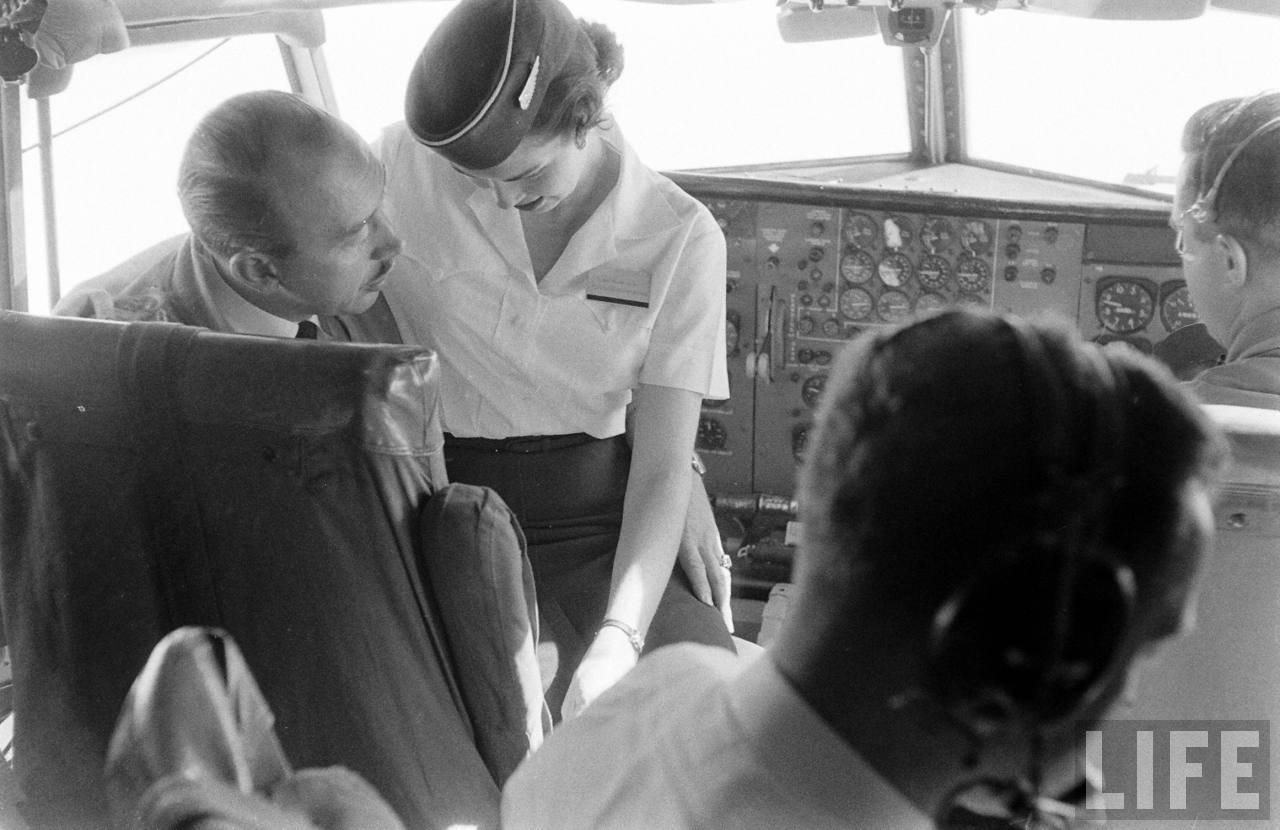
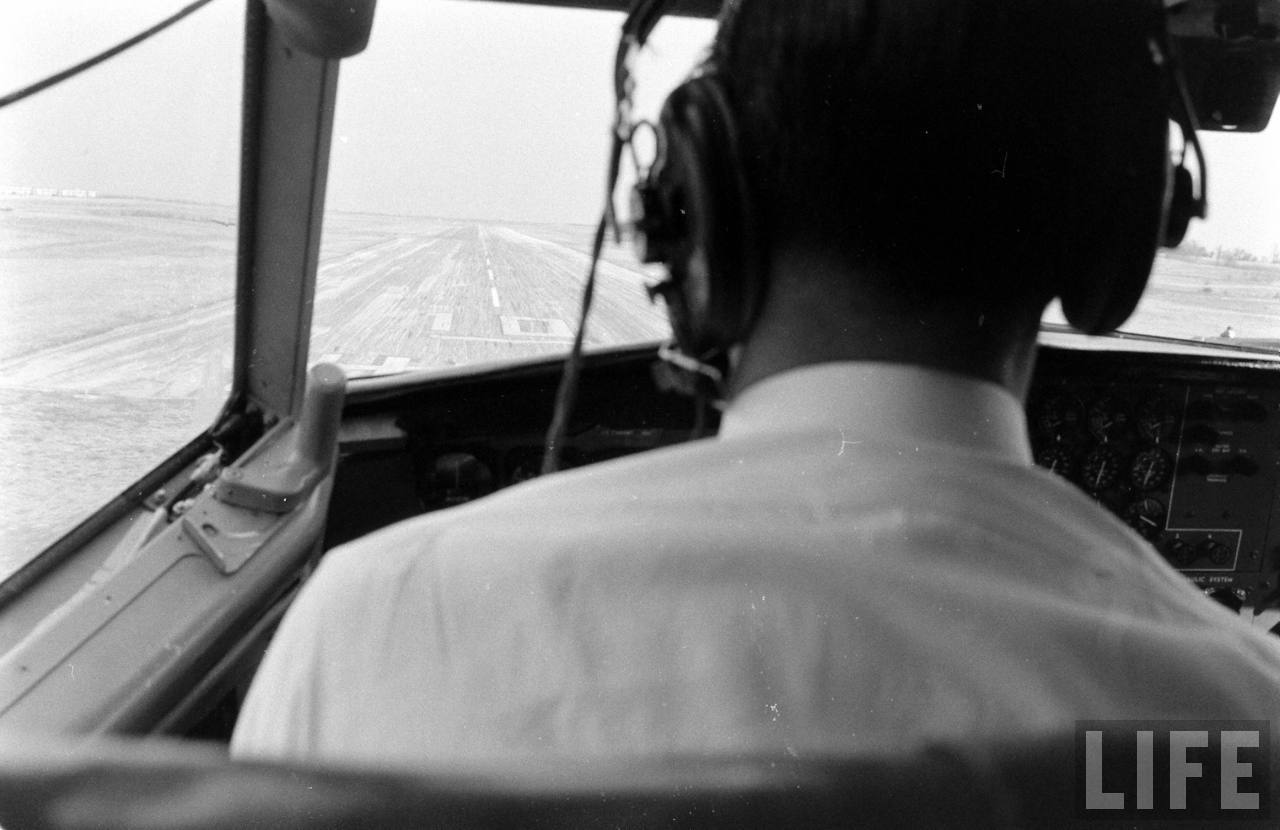
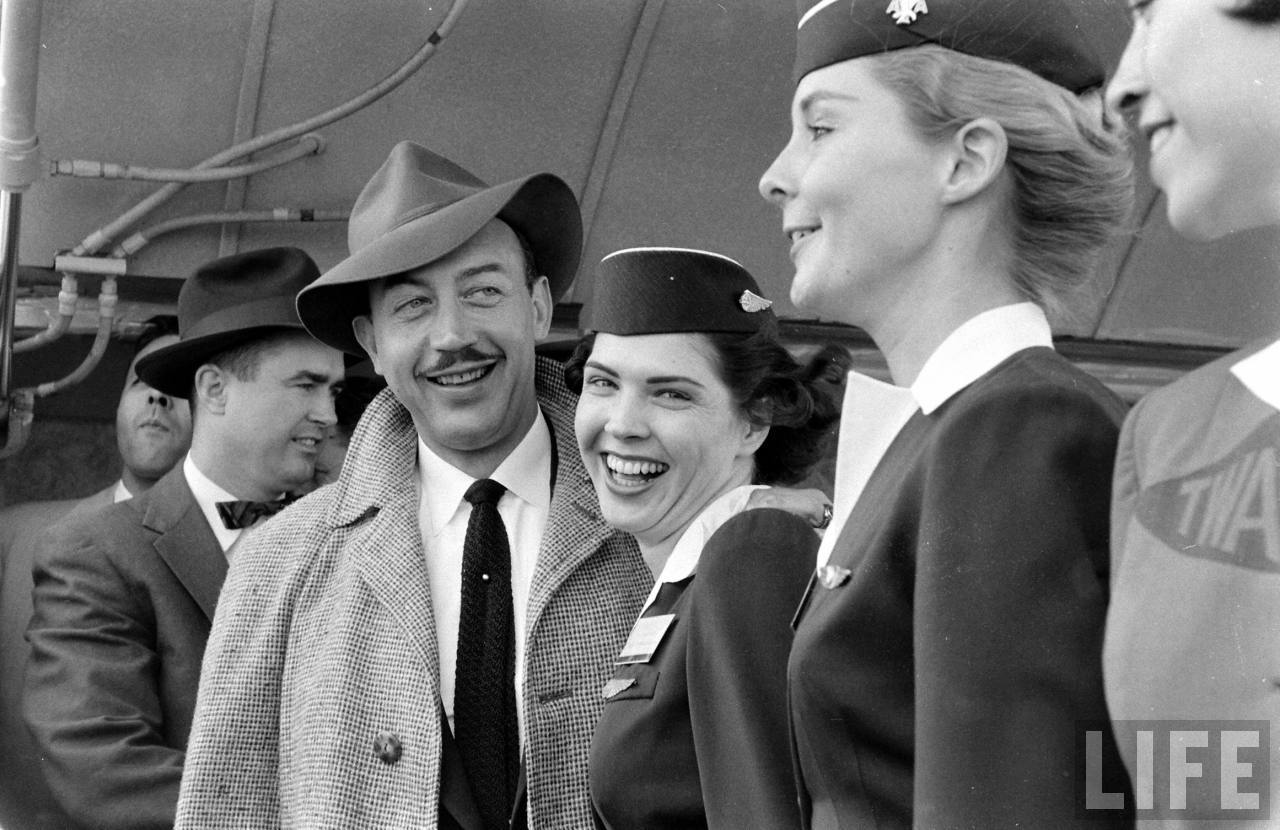
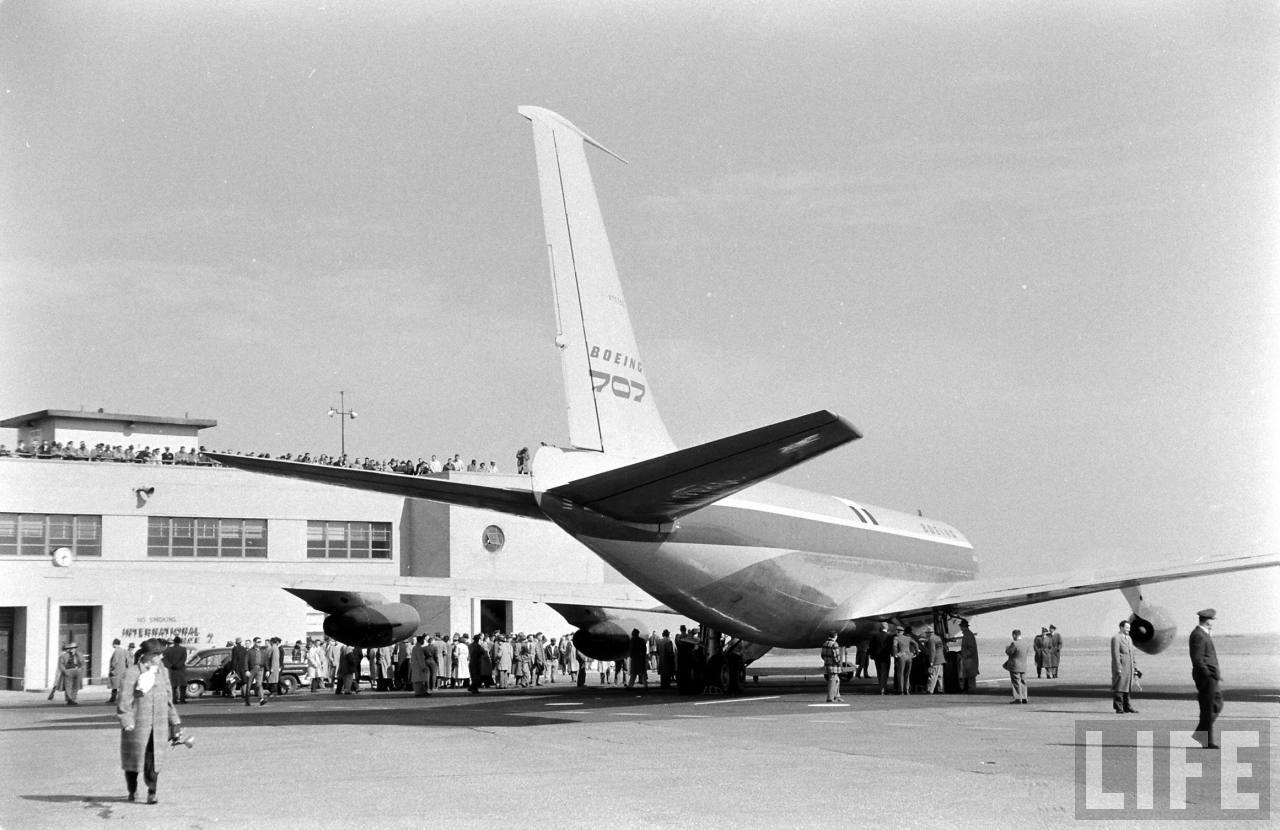
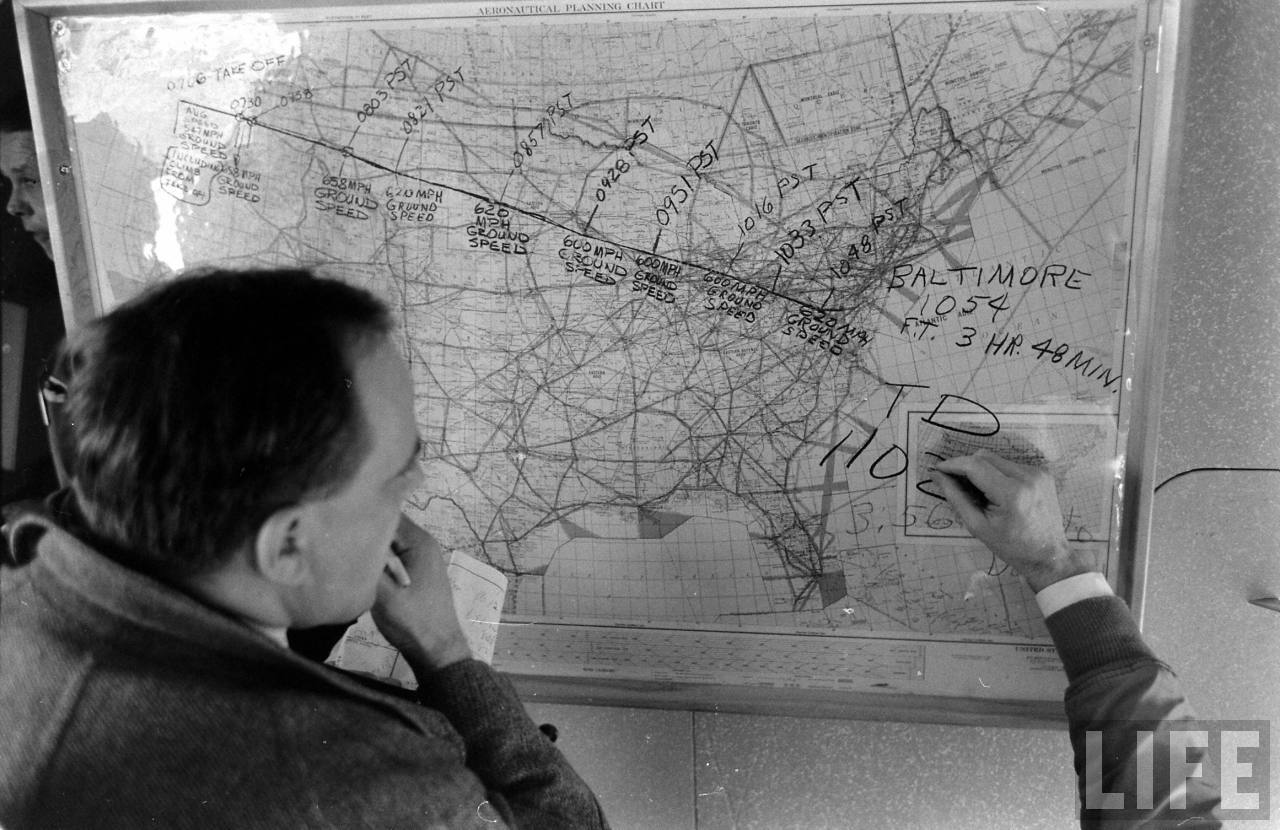
Boeing had risked $16,000,000 in a private venture to build the Dash 80 in order to demonstrate its capabilities to potential civilian and military customers, while rivals Douglas and Lockheed were marketing their own un-built jet airliners. Put into production as the U.S. Air Force KC-135A Stratotanker air refueling tanker and C-135 Stratolifter transport, a civil variant was also produced as the Boeing 707 Stratoliner, the first successful jet airliner. Though they look very similar, the 707 is structurally different than the KC-135 and has a wider fuselage.
The prototype Boeing Model 367-80 was operated by a pilot, co-pilot and flight engineer. The airplane’s wing was mounted low on the fuselage and the engine nacelles were mounted on pylons under the wing, as they were on Boeing’s B-47 Stratojet and B-52 Stratofortress. The wings and tail surfaces were swept to 35° at 25% chord, and had 7° dihedral. The Dash 80 was 127 feet 10 inches (38.964 meters) long with a wingspan of 129 feet, 8 inches (39.522 meters) and overall height of 38 feet (11.582 meters). The tail span is 39 feet, 8 inches (12.090 meters). The empty weight of the 367-80 was 75,630 pounds (34,505 kilograms) and the gross weight, 190,000 pounds (86,183 kilograms).
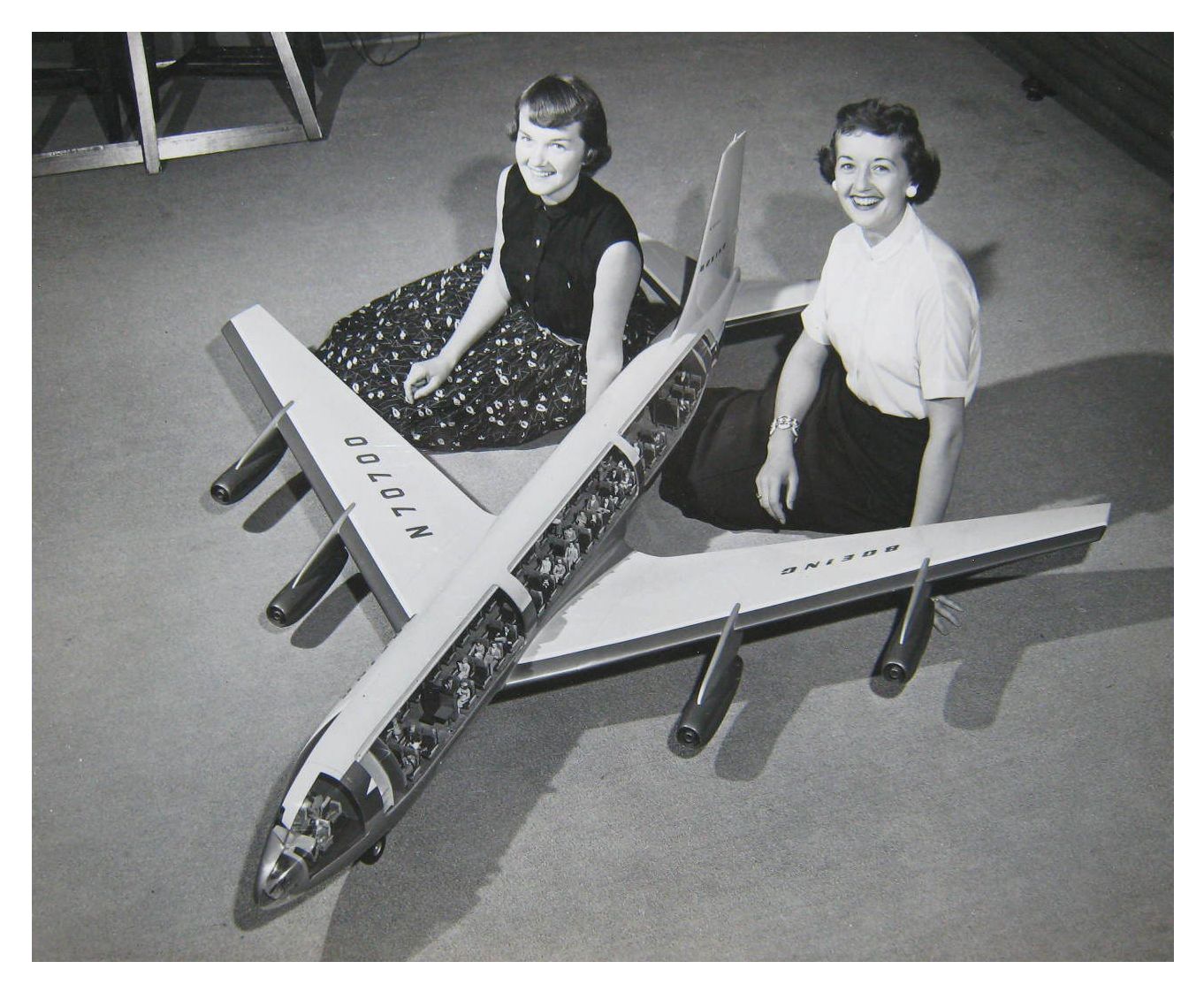
N70700 was powered by four Pratt & Whitney Turbo Wasp JT3C engines. This engine is a civil variant of the military J57 series. It is a two-spool, axial-flow turbojet engine with a 16-stage compressor and 2-stage turbine. The JT3C-6 (used in the first production 707s) was rated at 11,200 pounds of thrust (49.82 kilonewtons), and 13,500 pounds (60.05 kilonewtons) with water/methanol injection). The JT3C is 11 feet, 6.6 inches (3.520 meters) long, 3 feet, 2.9 inches (0.988 meters) in diameter, and weighs 4,235 pounds (1,921 kilograms).
These gave the 367-80 a cruise speed of 550 miles per hour (885 kilometers per hour) and a maximum speed of 0.84 Mach (582 miles per hour, 937 kilometers per hour) at 25,000 feet (7,620 meters). The service ceiling was 43,000 feet (13,106 meters). Its range was 3,530 miles (5,681 kilometers).
Boeing continued to use the 367–80 for testing, finally retiring it 22 January 1970. At that time, its logbook showed 2,346 hours, 46 minutes of flight time (TTAF). It was flown to Davis-Monthan Air Force Base, Tucson, Arizona, and placed in storage. In 1990, Boeing returned it to flyable condition and flew it back it to Renton where a total restoration was completed. Many of those who had worked on the Dash 80, including Tex Johnston, were aboard.
The pioneering airplane was presented to the Smithsonian Institution and is on display at the National Air and Space Museum, Steven V. Udvar-Hazy Center. The Boeing 367-80 was designated an International Historic Mechanical Engineering Landmark by the American Society of Mechanical Engineers.
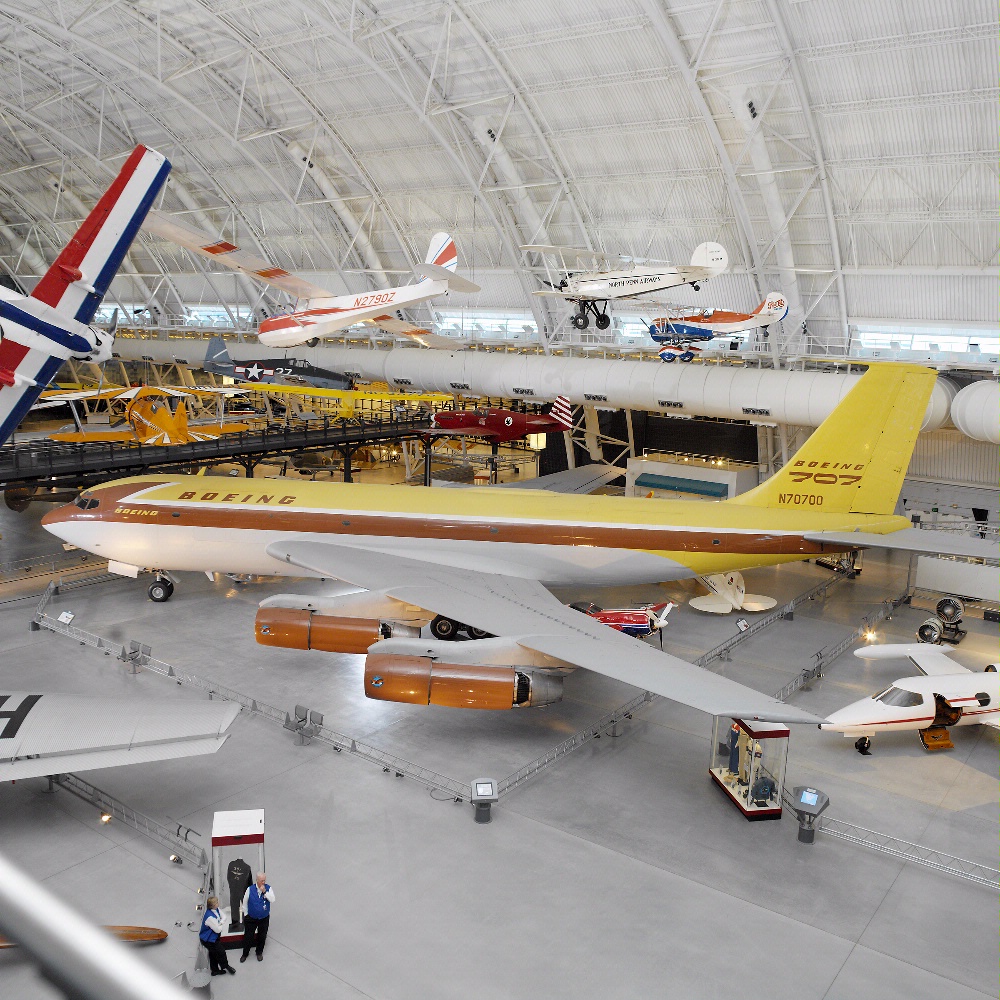
Highly recommended: Tex Johnston, Jet-Age Test Pilot, by A.M. “Tex” Johnston with Charles Barton, Smithsonian Books, Washington, D.C., 1991
© 2019, Bryan R. Swopes
